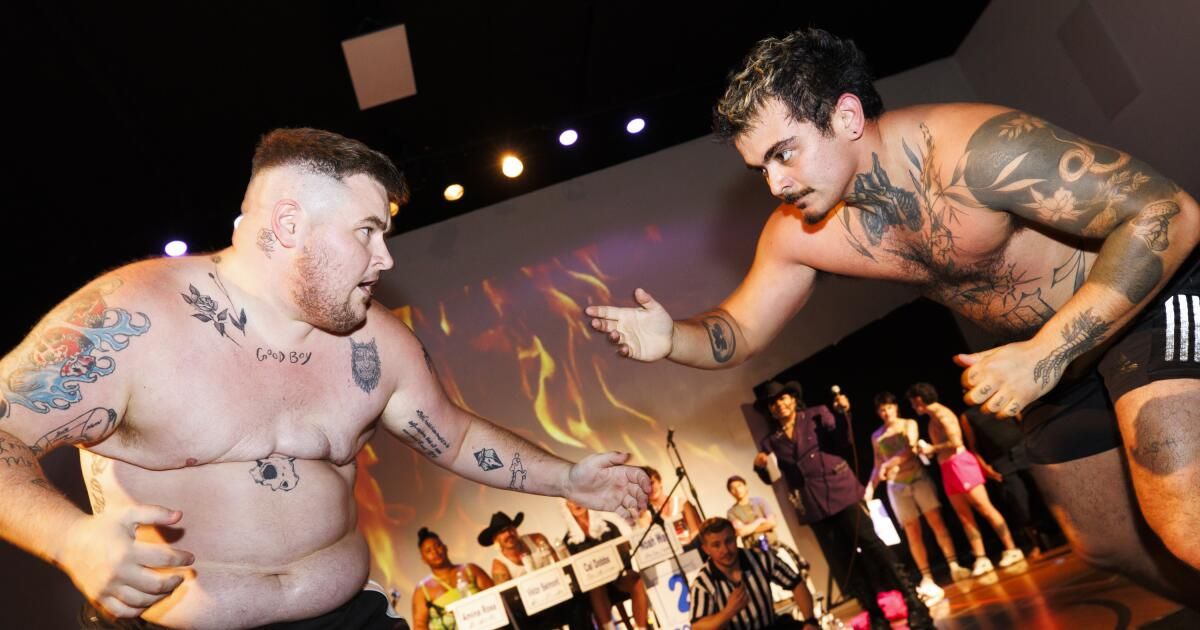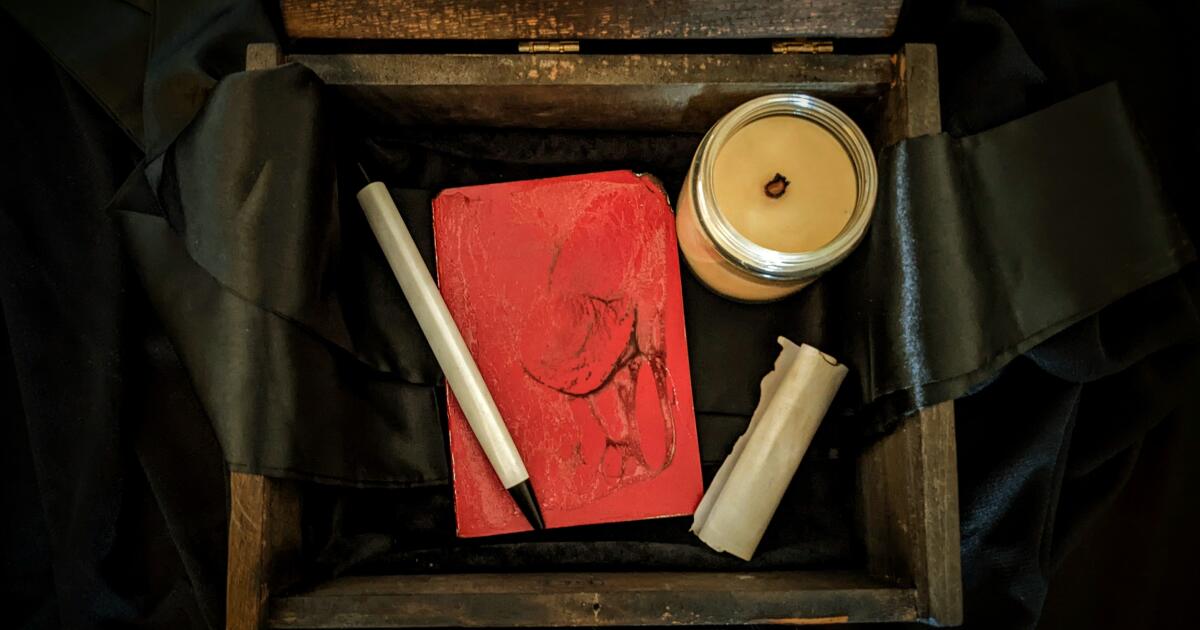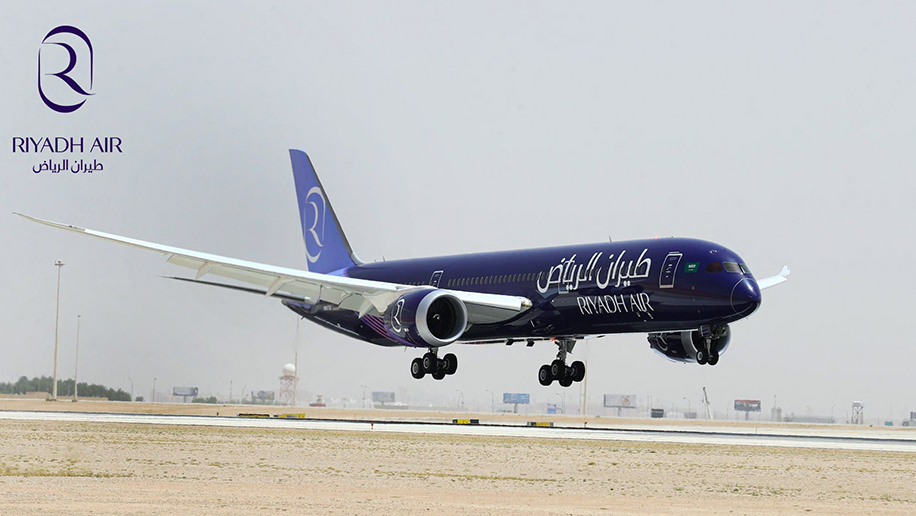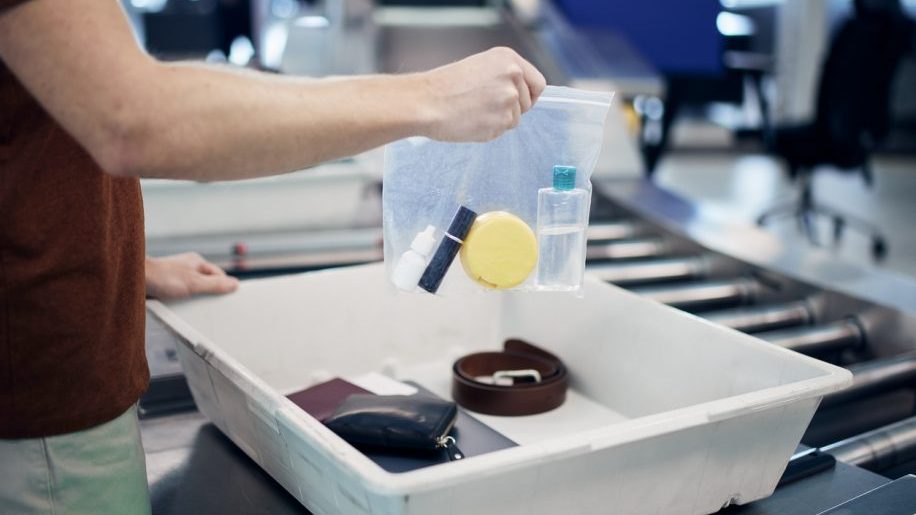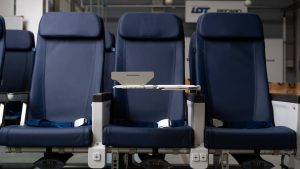“Valley!” Drag king Mauro Cuchi shouts into the microphone. “That!” The crowd roars back. A spotlight illuminates two glistening bodies facing each other on the wrestling mat, each scantily clad and struggling to subdue the other in a takedown. But just when one manages to get over the other, they start kissing aggressively.
The packed crowd screams. The ground shakes from the footsteps. Some members of the audience fan themselves at the sudden increase in temperature in the room.
Not your typical wrestling tournament, this is T-Boy Wrestling, an event featuring a lineup of over 30 queer and trans people eager to showcase their homo-athletics in all its pure absurdity and excitement. Hosted by the Los Angeles social group Trans Dudes, the event, one of the first of its kind in Los Angeles, sold out more than 500 seats inside the Silverlake Independent Jewish Community Center, while an additional 500 spectators watched via a live stream on Twitch.
Tonight, the community center's dark gym is transformed into a makeshift wrestling ring filled with pink, blue and white trans pride flags and blazing flames projected on the wall.
Mauro Cuchi, announcer of the event, greets the fighters.
“It's amazing. He's a little crazy. I love it,” says James Nicolai, a member of the public who arrived with a friend without either of them knowing any of the amateur wrestlers on the roster. “It's just beautiful to see all the different types of ways you can be trans and non-binary, and just be in a space where we don't have to hide who we are and we can be celebrated.”
Not all wrestlers identify as men. Some have had top surgery, some have not. Some take testosterone. Others have no intention of starting hormone replacement therapy. But in T-Boy Wrestling, all expressions of trans masculinity are welcome to fight on the mat.
“Skinny white trans guys, that's the only thing you see when you look at the media,” says Adam Bandrowski, 24, who founded Trans Dudes of LA a little over a year ago when he saw a lack of representation. He and his co-organizer Mich Miller stand out from the crowd in their ironically formal black tuxedos with ties that spell out the acronym “TDLA.”
His goal for T-Boy Wrestling has been to highlight a broad idea of trans masculinity that includes people who are still figuring out their relationship with gender. “Come see what you identify with,” says Bandrowski. “If it helps you discover yourself, we're happy.”
Trans men and trans masculine people are redefining masculinity
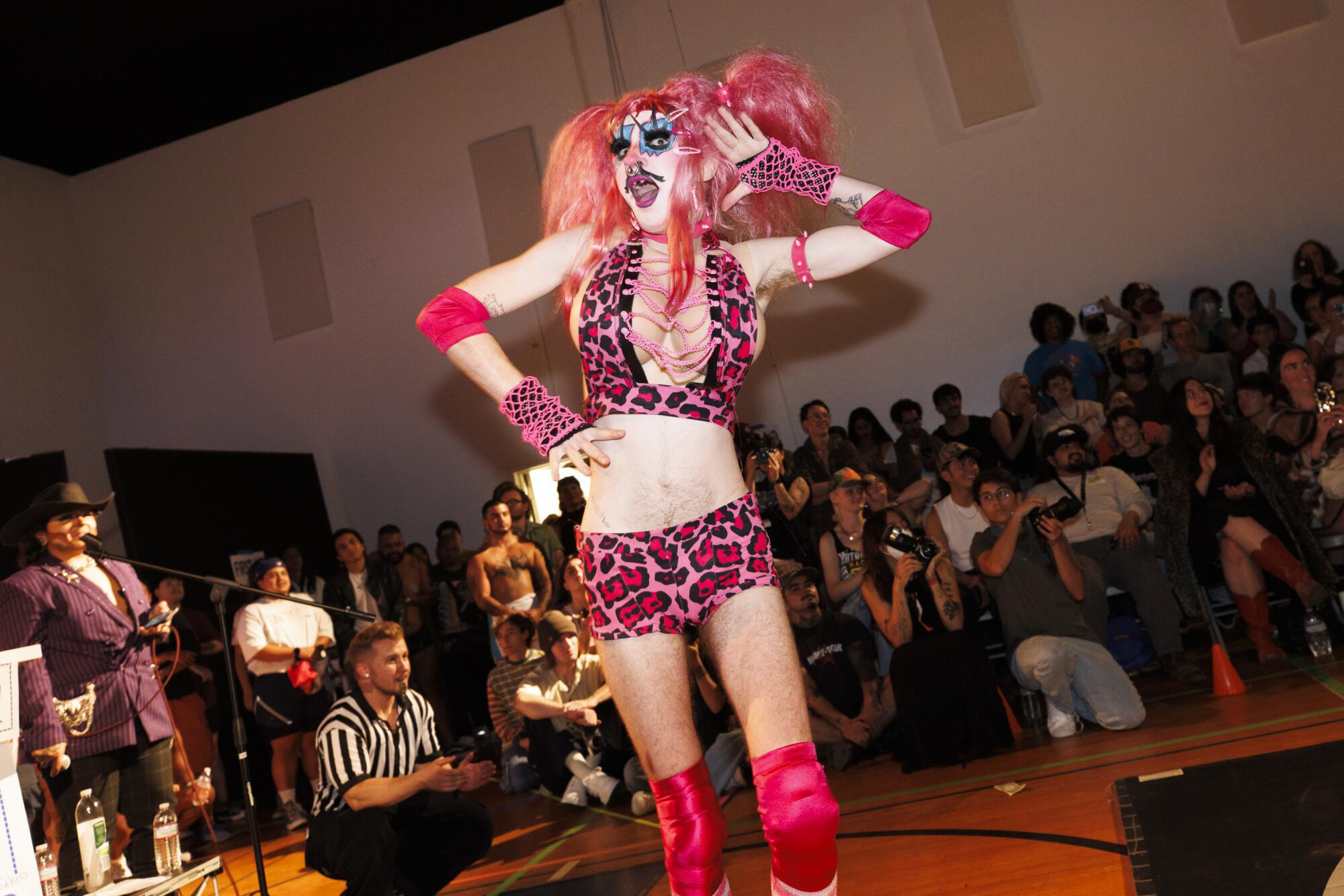
Piranha, the adult creator of Frolic and Frot, performs a drag show at the event.
In Los Angeles, one of the strangest cities in America, there are surprisingly few spaces where trans masculine people can find solidarity and community. For some, trying to fit into queer spaces after transitioning can be an isolating experience once they start passing as men.
“In general, people can't necessarily look at me and know that I'm trans,” says Devyn Payne, jumping rope outside to warm up before her match. It's different now for him to enter LGBTQ+ rooms where lesbians may read him as a straight man or gay men may not recognize him as trans.
“Passing as a black man, my experience has been different in sapphic spaces… I don't necessarily feel welcome. [anymore].”
The 27-year-old used to wrestle competitively in high school, but three years after coming out as trans, he's now rediscovering his joy for the sport and reconnecting with the queer community in a different way: tonight, by wrestling another man trans in a neon green jockstrap under the alter ego “T-Payne”.
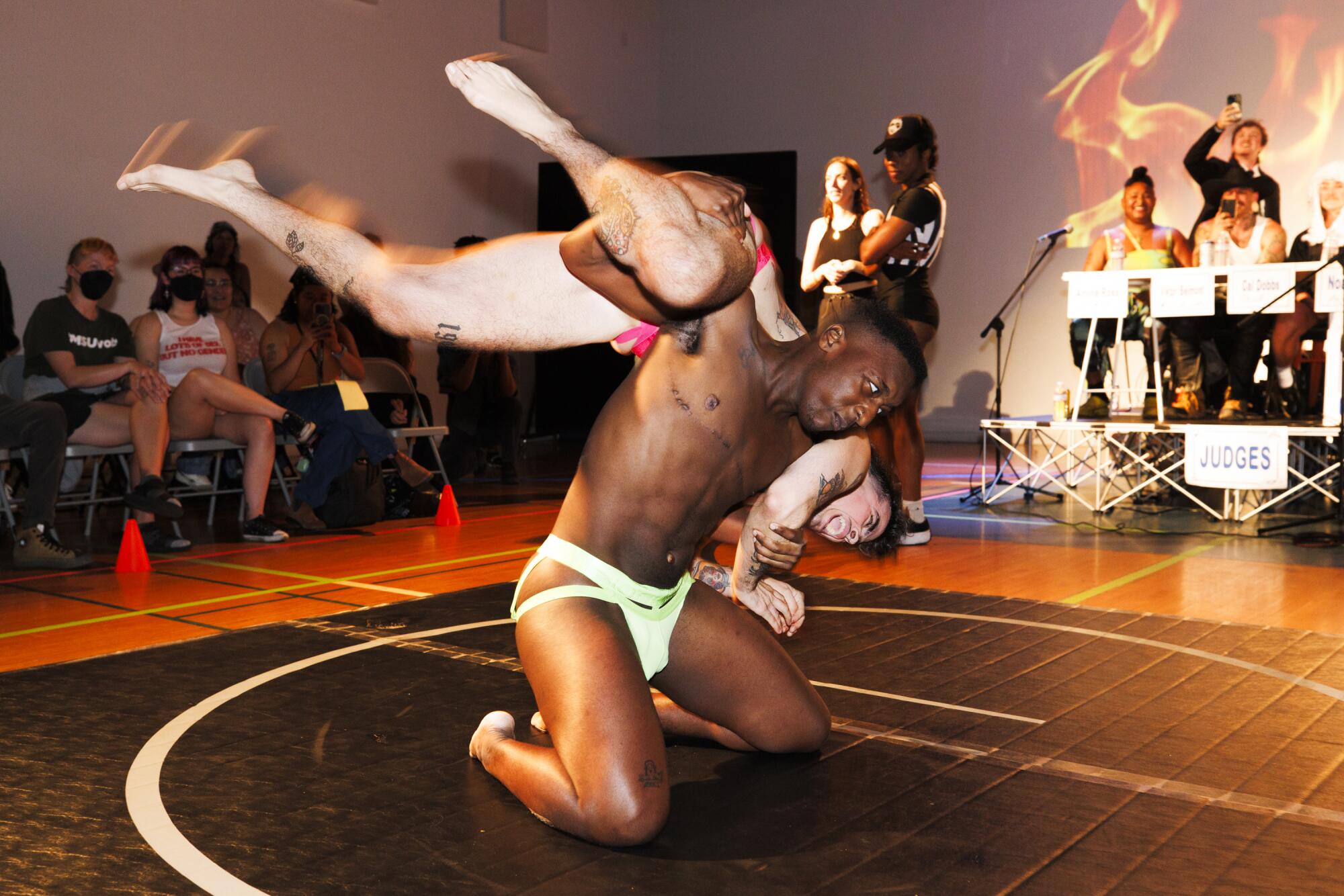
Wrestlers Devyn Payne “T Payne”, below, and Sara Ambra “Saralita” compete in the Trans Dudes of LA T-Boy Wrestling event.
“Before I went to my first Trans Dudes of LA event, I didn't have any trans male friends,” Payne says. “I can't necessarily identify with [cisgender men]. So it's great to have people I can talk to about the changes that come with taking testosterone.”
Each match plays out as a three-part act in one-minute rounds, with the couples' goal being to dominate the other partner and force both shoulders to the ground.
But each performance also brings with it unexpected cheesy theatrics: gratuitous twerking; a prosthetic leg became a weapon of improvisation; they smashed his face with a whipped cream pie; a banana taken out of a pair of boxers, peeled and eaten in front of a fawning audience.
“Knuck if you Buck” plays in the background as a pair of competitors straddle the mat. The energy often changes in a matter of seconds as wrestlers can gently cradle each other and then suddenly body slam their opponent. The referees whistle over the commotion, dramatically hitting the ground after a takedown.
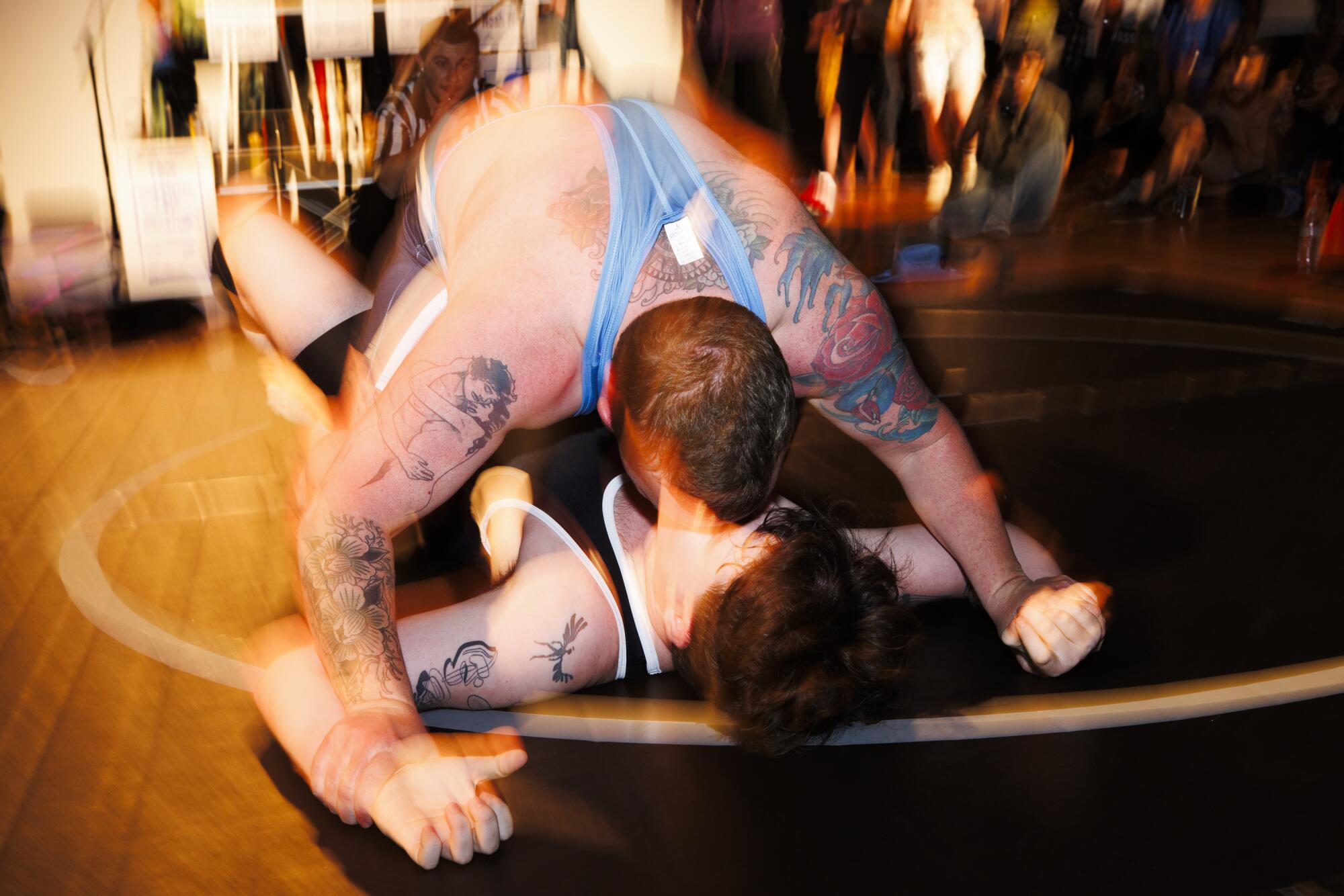
Landon St. James “Chaos King” defeats August Rain with a kiss at the Trans Dudes of LA “T Boy Wrestling” event.
The uniqueness of this type of event has attracted people from all over Southern California, including historically conservative southern Orange County. Aliso Viejo juniors Micah Slentz and Bonnie Miles drove five hours just to watch the wrestling.
“First of all, we didn't think it was real,” says Miles, 19, whose black T-shirt was bleached to read “Slut Punk.”
Why were they so determined to attend despite their initial doubts? “I love trans kids,” says Slentz, 18, who had Facetimed his partner to call them to watch the game. “I'm dating one.”
In this room full of transgender people, the weight of the gender binary disappears. Masculinity becomes play material, a performance that can bend and break. People dressed the part exude “Brokeback Mountain” homoeroticism, another couple role-plays a construction worker in a BDSM scene in which they put a plastic hammer in their mouths.
Cal Dobbs, dressed for the role of tournament judge, wears a white wig reminiscent of the founding fathers and a thong under his black robe. (“RBG, classic sex symbol,” Dobbs explained of her costume’s inspiration from the late Supreme Court justice.)
“Trans men and trans masculine people are redefining masculinity,” says the 27-year-old, who was the first trans person to run across the transcontinental United States. “[Wrestling] It is a hypermasculine sport, [but the competitors] It brings an element of humor, romance and tenderness that makes everyone feel really comfortable and safe.”
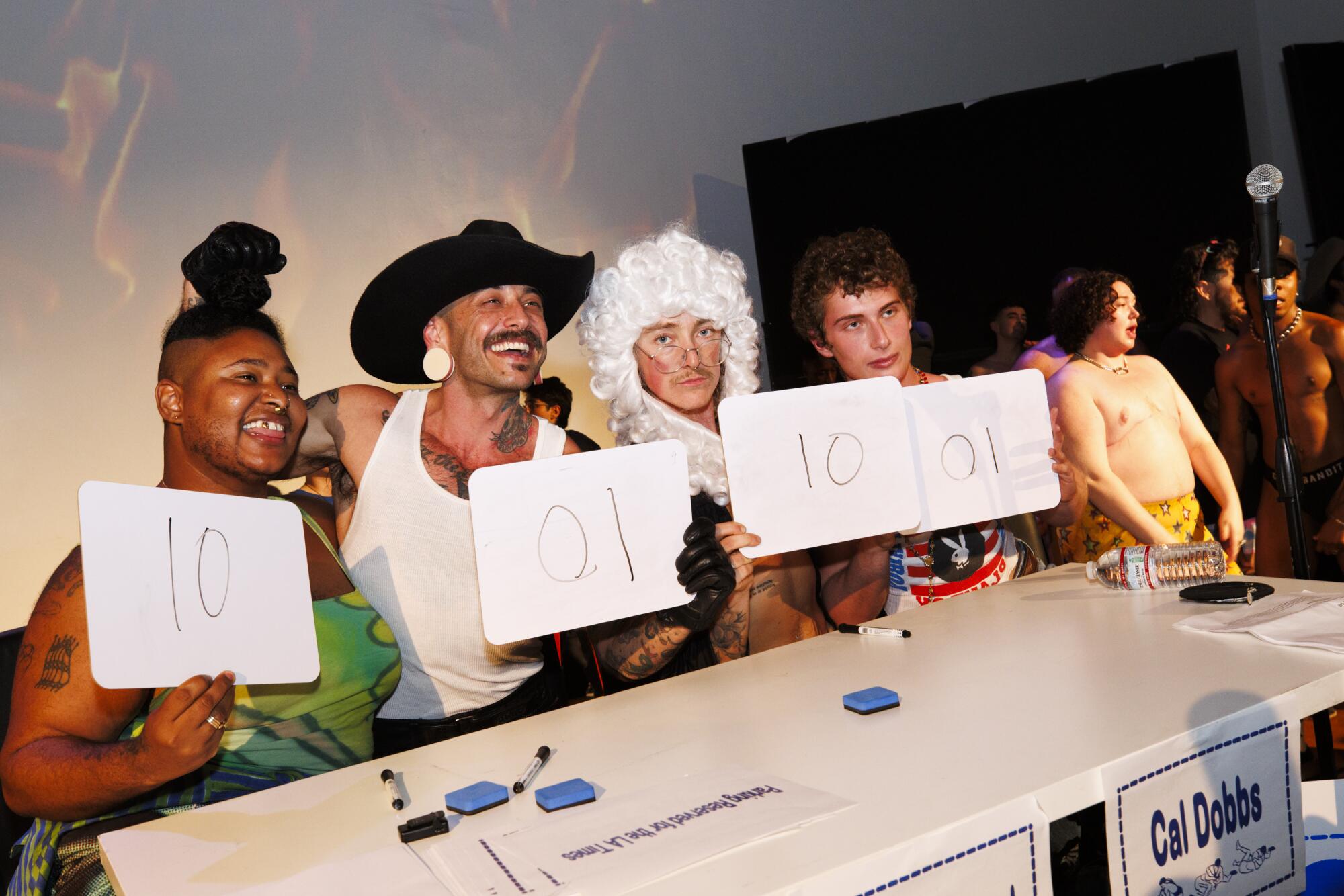
The judging panel presents their scores at the Trans Dudes of LA T-Boy Wrestling event.
It is not lost on Dobbs that this moment of joy also comes against the backdrop of intense discrimination against the transgender community in a year in which a record amount of legislation has been proposed to restrict access to gender-affirming care.
For Dobbs, joy and trans representation in a space like this can be a powerful weapon against that hate. “[Republicans] “They’re afraid of us because we’re too sexy,” Dobbs says. “Scientifically, trans masculine and trans men have better butts than cisgender men…as professional judges, we've been analyzing everyone's butts.”
Preparation is important, but improvisation is key to winning
In the weeks leading up to the big performance, Elías Naranjo and Arón Sánchez-Vidal had practiced their wrestling routine weekly for a month, familiarizing themselves with consent and boundaries to ensure they didn't hurt each other.
“I would ask them, 'Is it okay if we kiss? Is it okay if I pick you up and move you?
And he said, 'Yes, I'm open to it,'” Naranjo says. But on the spot the two also decided to improvise while Sánchez-Vidal took his testosterone injection on the wrestling mat, a moment greeted with thunderous applause.
The two entered the ring waving Mexican and Peruvian flags dressed as cowboys. “THE COWBOY…STR8 4 PAY?” It read on a poster that Sánchez-Vidal's girlfriend had made to cheer up her partner.
“There are many things about being brown, trans and queer,” says Naranjo. “We want to appear and occupy space… we are Peruvian, hot and trans.” The two won as best partners and shared a $150 cash prize at the end of the tournament.
Inclusivity was on co-organizers Miller and Bandrowski's minds as they planned this event. They prepared over 200 hot dogs to feed their hungry fans, a hot and heavy playlist to warm up their attendees, and hired ASL interpreters to make the event accessible to deaf members of the queer community. This was their biggest event yet.
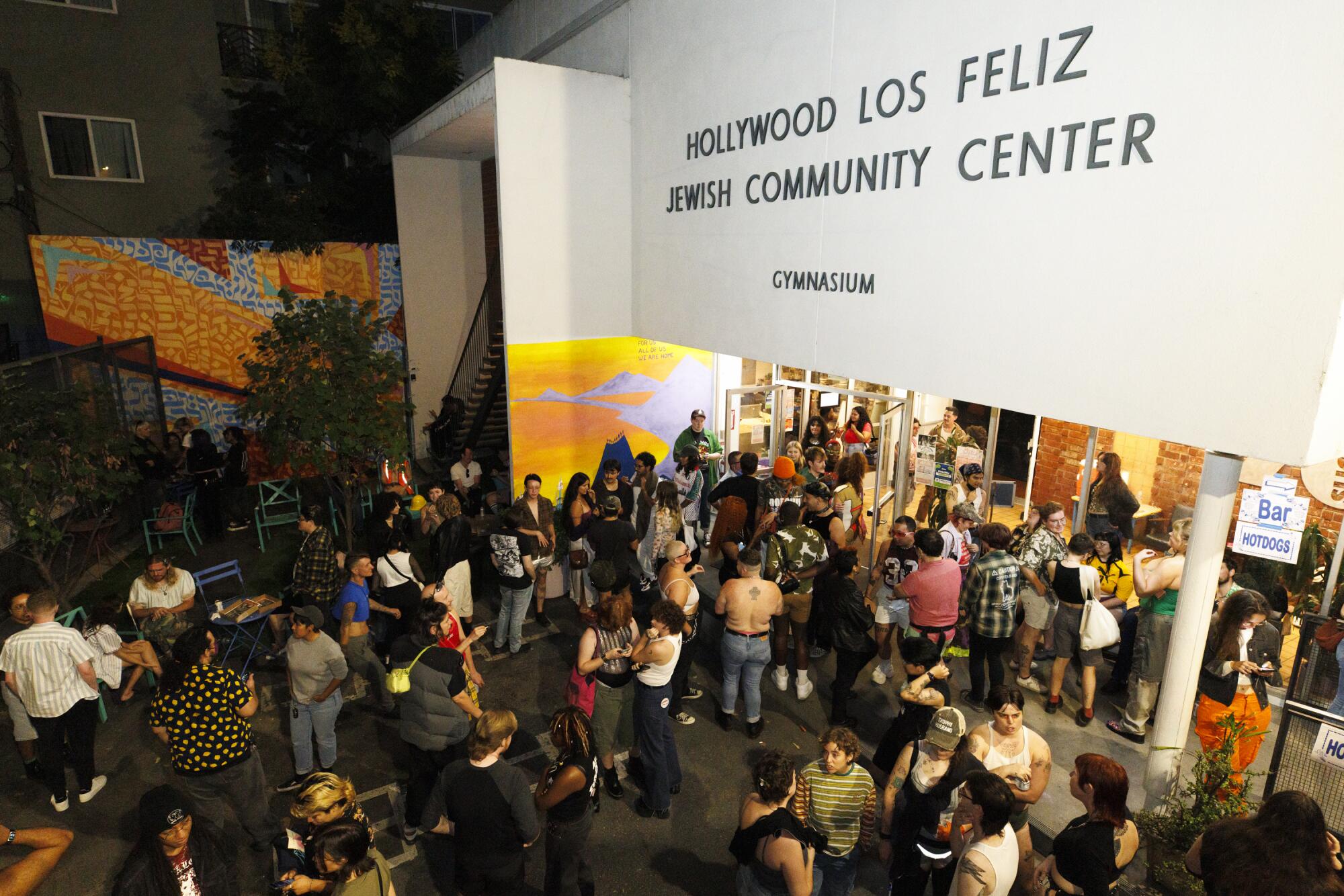
Attendees gather outside between rounds at the Trans Dudes of LA T-Boy Wrestling event at the Hollywood Los Feliz Jewish Community Center.
Miller, 31, who runs Print Shop LA, a collaborative printing studio, first heard about Trans Dudes of LA after seeing a flyer for the event on Sunset Boulevard that Bandrowski had posted. Since then, their partnership has flourished, as Miller has occasionally offered event space and Bandrowski, an illustrator, has designed event brochures.
“Our age difference plays a huge role,” Miller says of their and Bandrowski's ability to attract both Gen Z and queer millennials to their events. “We are both artists who have an affinity for the absurd and the ridiculous, and we heal each other through play.”
Bandrowski and Miller hope to replicate the success of their event when they repeat it in March 2025 and ultimately bring T-Boy Wrestling to the world. They are working on an independent LLC for Trans Dudes of LA and are open to sponsorships to fund more ambitious projects. But Miller says the goal is still to stay true to T-Boy Wrestling's punk and DIY roots.
“We don't need it to be super polished,” Miller says. “We want it to be something raw. We never did this to make money. “It's more about activating the money we're making to keep doing interesting things and paying ourselves so we can keep doing it and pay other creators.”
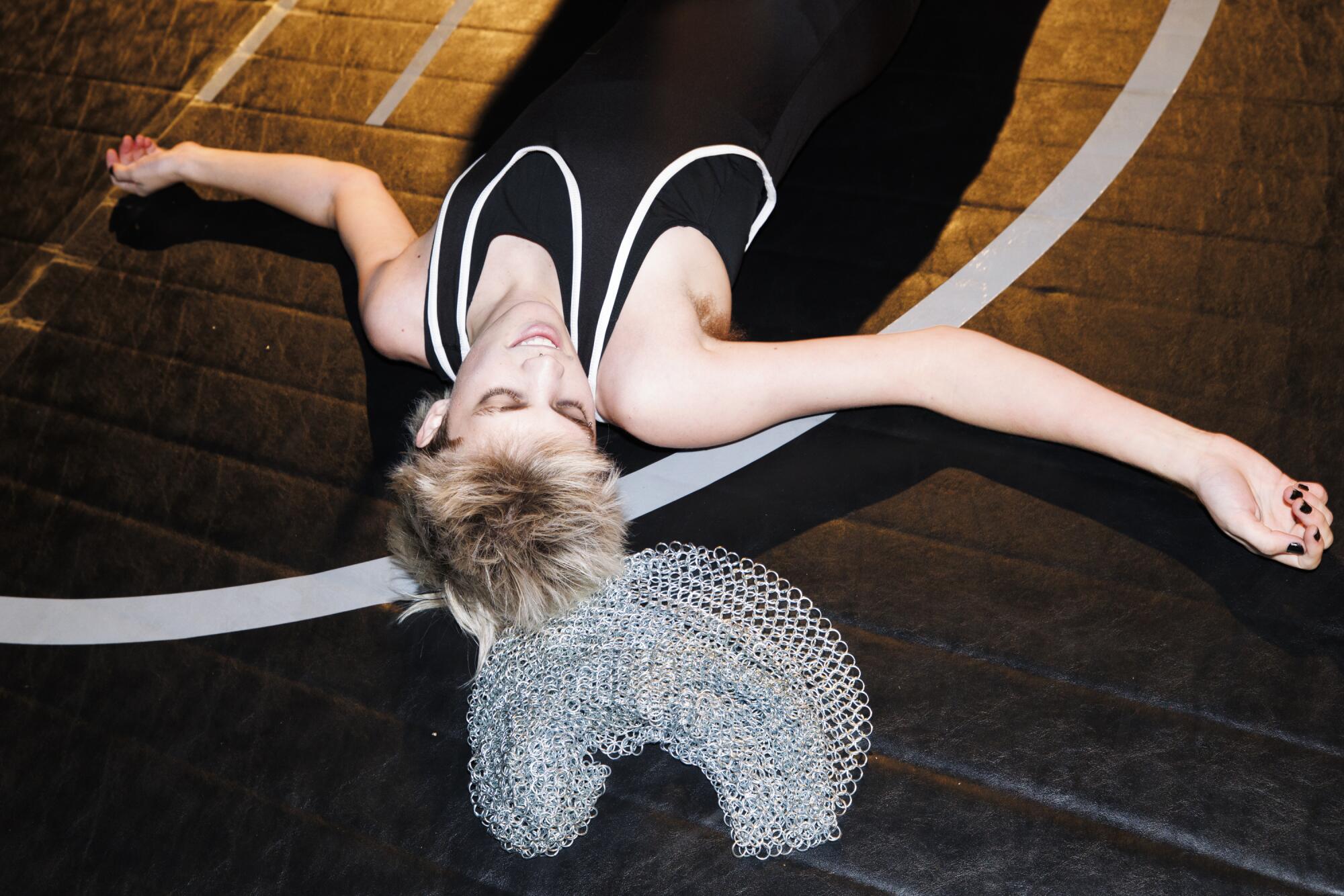
Eli Wenzell lies on the mat after competing.
As for T4T's palpable attraction on the mat? It's real, Miller says. Beyond trans sisterhood, people also find romance in their events.
“Two of the fighters have gotten together,” Miller says. “And I'm sure there are more that we don't even know about.”
By the end of the night, the obscene matter has been cleaned up. No matter who was pinned down and thrown, the event was a victory for trans representation and joy.

